Bitcoin (BTC): Digital Gold Upgrade
As the world’s first cryptocurrency, Bitcoin maintains its leading position due to its scarcity and institutional recognition. After the U.S. government included it in strategic reserves, the price broke through the $100,000 mark. On a technical level, the Taproot upgrade enhances privacy transaction capabilities, while the NFT ecosystem spawned by the Ordinals protocol injects new vitality into it. Standard Chartered predicts Bitcoin could hit $200,000 by the end of 2025.
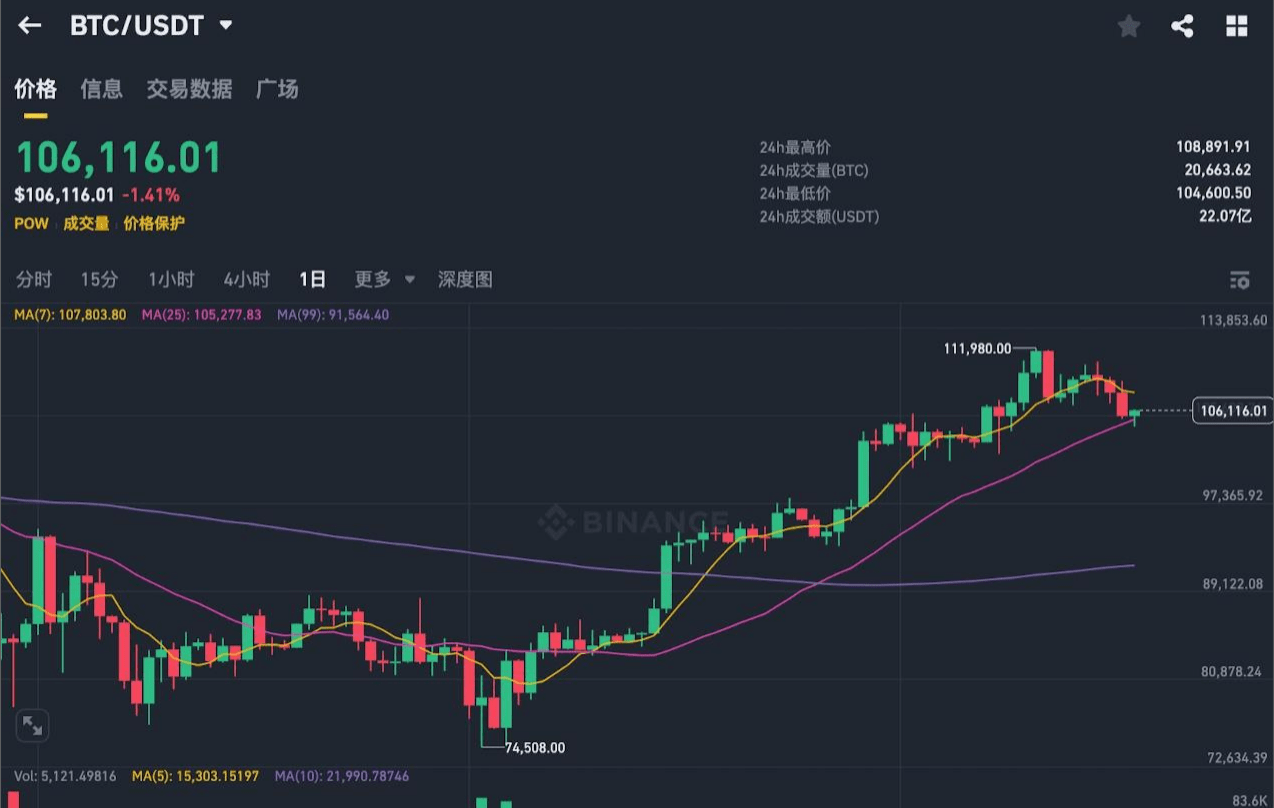
Ethereum (ETH): Layer 2 Revolution Leader
After the completion of the Ethereum 2.0 upgrade, transaction costs fell by 90%, and the daily average processing volume exceeded 1.5 million transactions. Upcoming upgrades Pectra and Fusaka will further optimize shard technology, driving the explosion of DeFi and RWA (real-world assets) tokenization. The current total locked value (TVL) in DeFi has surpassed $11 billion, with 80% based on the Ethereum ecosystem.
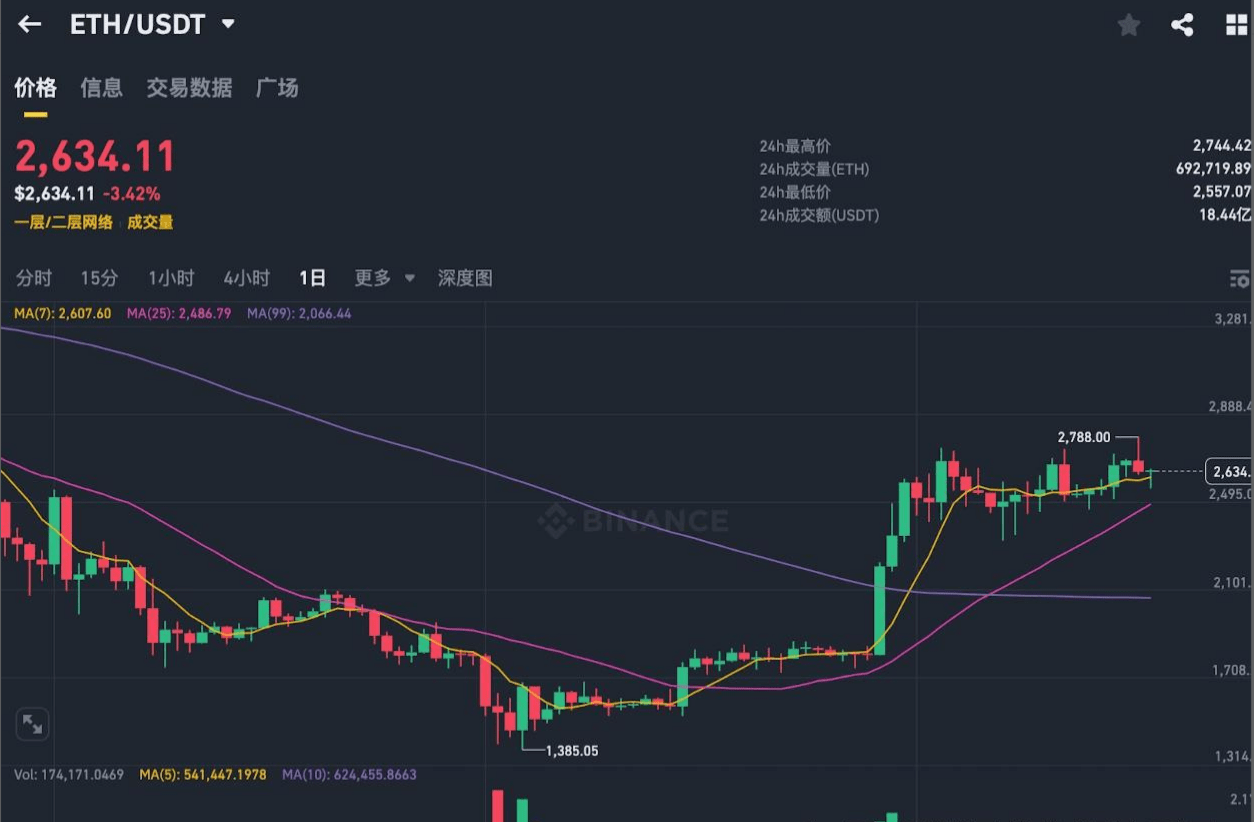
Solana (SOL): The Dark Horse of High-Performance Public Chains
Solana, with a transaction speed of 65,000 per second and a fee of $0.0002, has become the preferred platform for GameFi and NFTs. In 2024, its meme coin issuance surged, with tokens like Dogwifhat (WIF) seeing daily increases of over 500%. With Fidelity Investments applying for a Solana ETF, institutional capital inflow will drive its market cap towards a trillion.
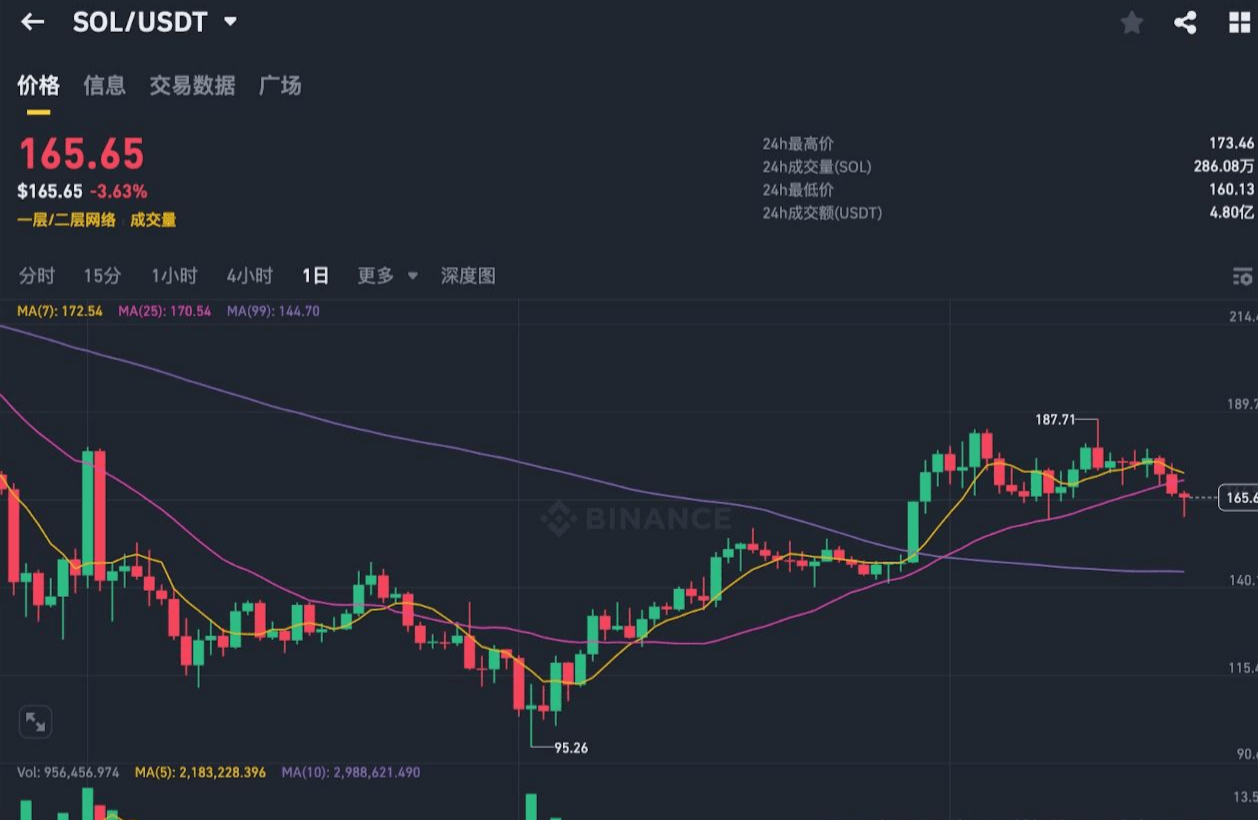
Sui: Layer 1 Innovator
The Sui blockchain is designed for high throughput, using the Move language and parallel processing technology to support complex financial applications. In November 2024, the price surged by 90%, and the SUI-linked product launched by VanEck accelerated the entry of traditional capital. The ecological collaboration with exchanges like Bybit has made it a favorite among DeFi and Web3.0 developers.
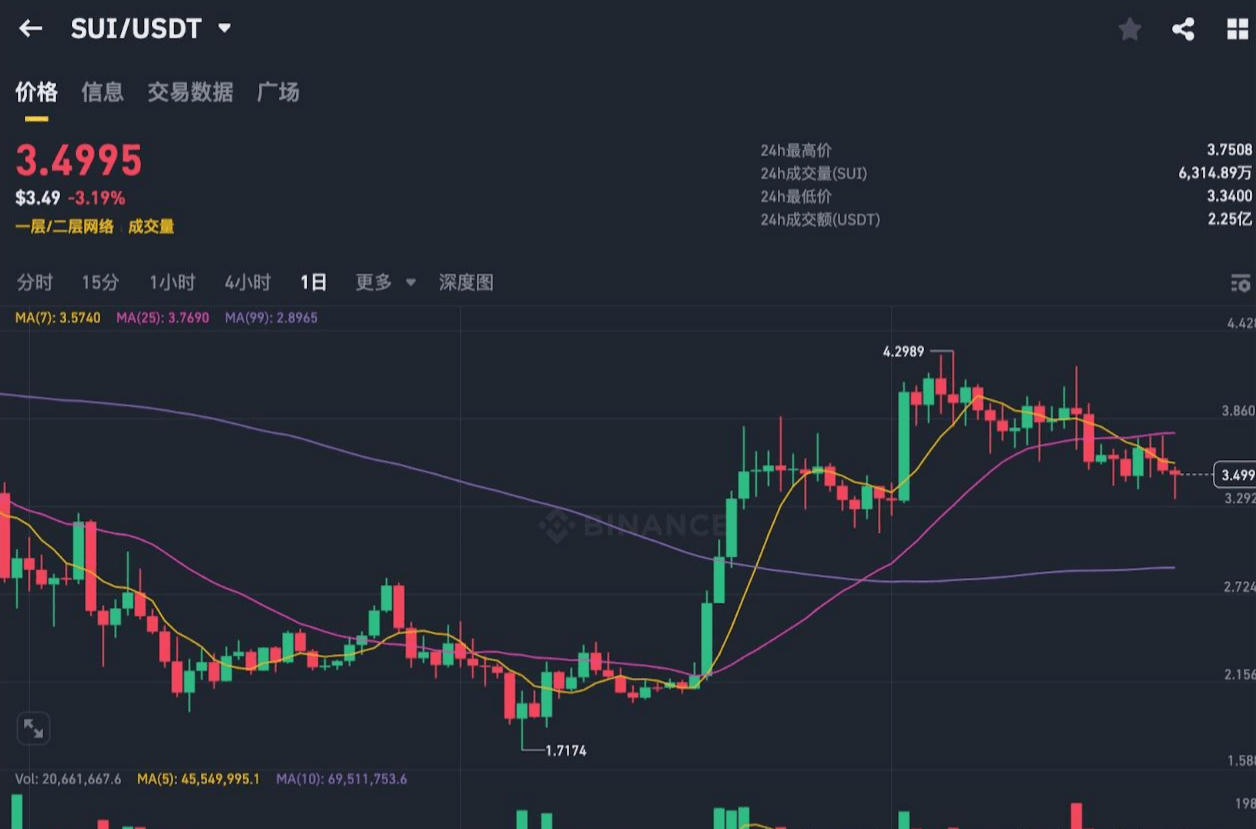
Polkadot (DOT): The Awakening of the Cross-Chain King
The Polkadot 2.0 upgrade introduces elastic scaling and Agile Coretime technology, increasing parallel chain processing speed by 300%. Its heterogeneous multi-chain architecture has attracted over 200 projects, including decentralized identity protocols and cross-chain DEX. With the EU advancing interoperability standards, Polkadot is expected to become the core infrastructure of Web3.0.
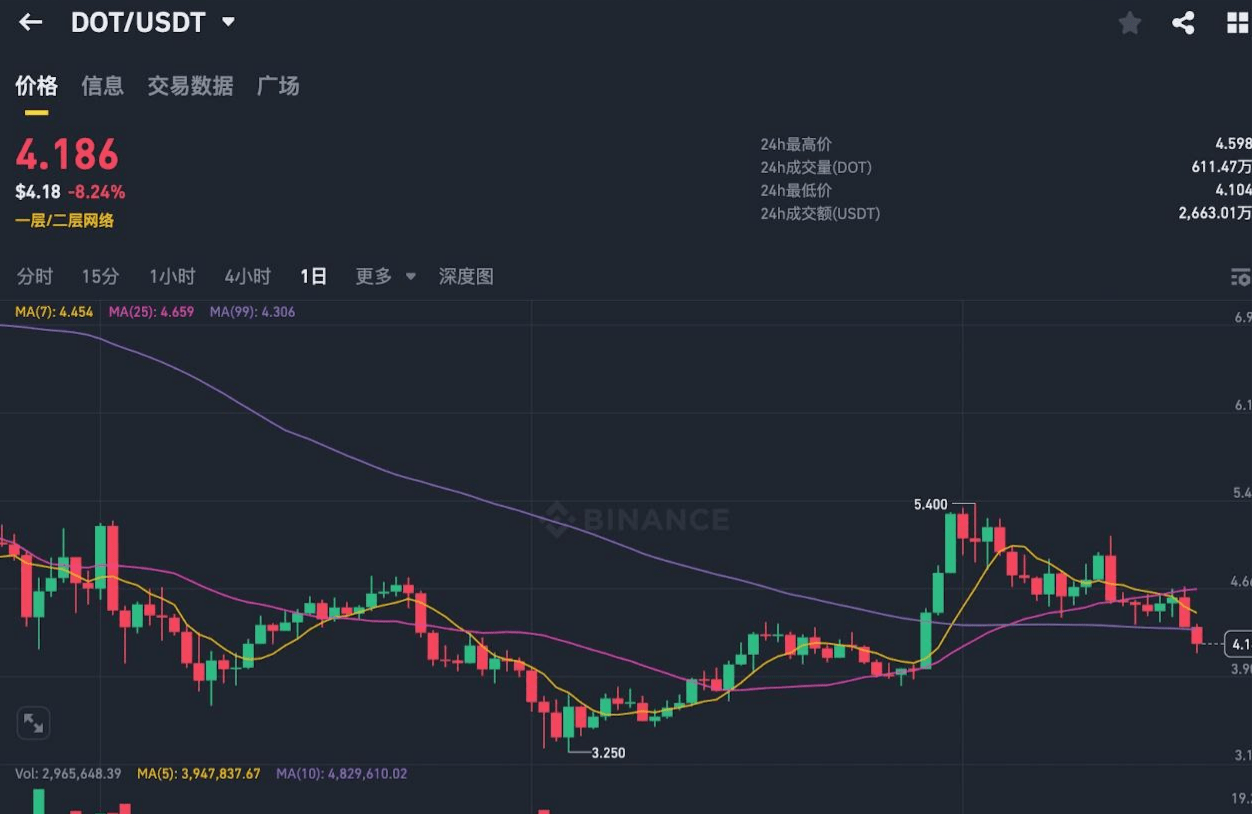
TornadoCash (TORN): New Benchmark in Privacy Track
After the U.S. Fifth Circuit Court overturned the sanctions against TornadoCash, its token price skyrocketed by 939% in a single week. As the first legally compliant decentralized mixing protocol, TORN brings privacy trading into the compliant era. Current on-chain trading volume has recovered to 200% of pre-sanction levels, and institutional investors are beginning to lay out their ecological tokens.
Hedera (HBAR): Pioneer in Government Collaboration
Hedera collaborates with the U.S. Department of Efficiency to develop a federal voting system, becoming the first cryptocurrency to enter the governmental space. If the HBAR spot ETF applied for by Canary Capital is approved, it will push its market cap into the top 20. Its Hashgraph consensus mechanism achieves second-level confirmation, with major players like Walmart already landing cases in the supply chain finance sector.
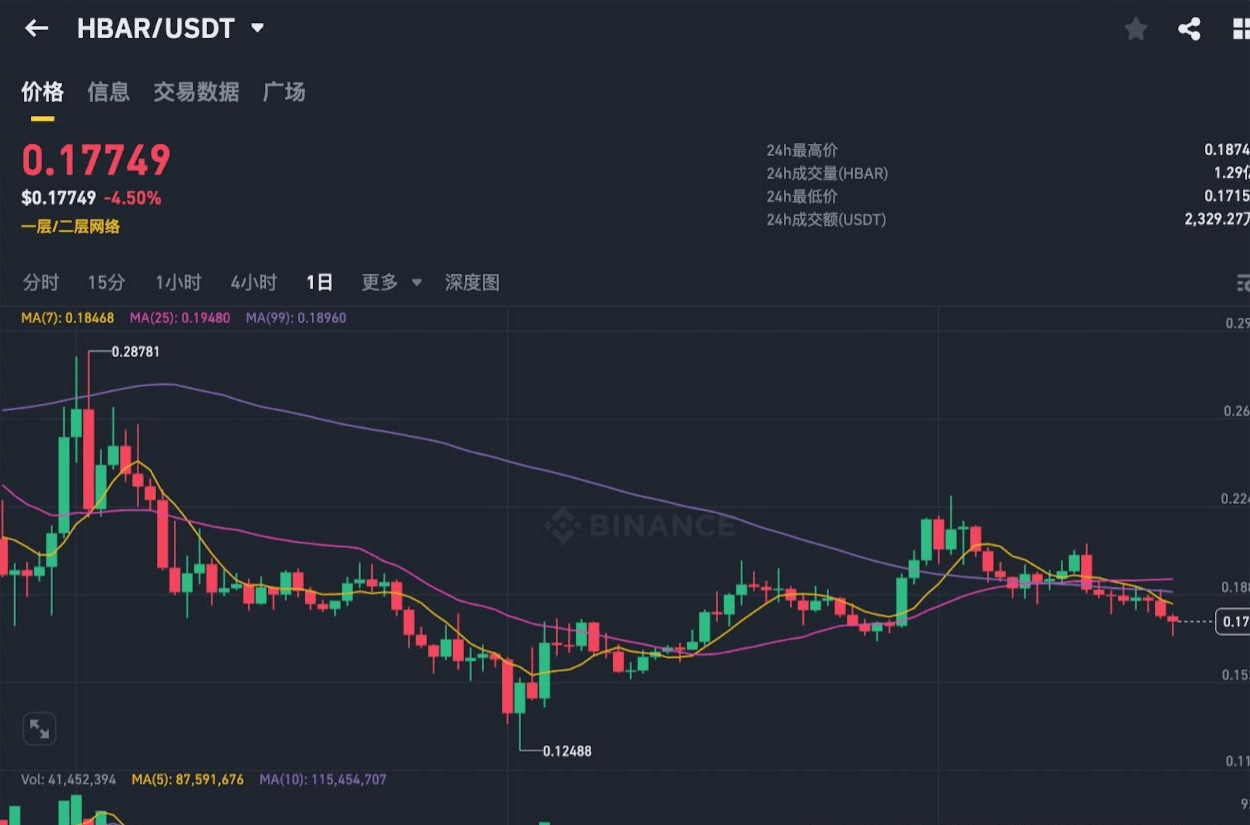
Cardano (ADA): Technological Value Undervaluation
Cardano’s Ouroboros proof-of-stake mechanism reduces energy consumption by 99%, and the total locked value in DeFi has surpassed $700 million. Its smart contract platform has supported NFT minting and decentralized stablecoin issuance. With the explosive demand for cross-border payments in Africa, ADA's adoption rate in developing countries has increased by 300% annually.
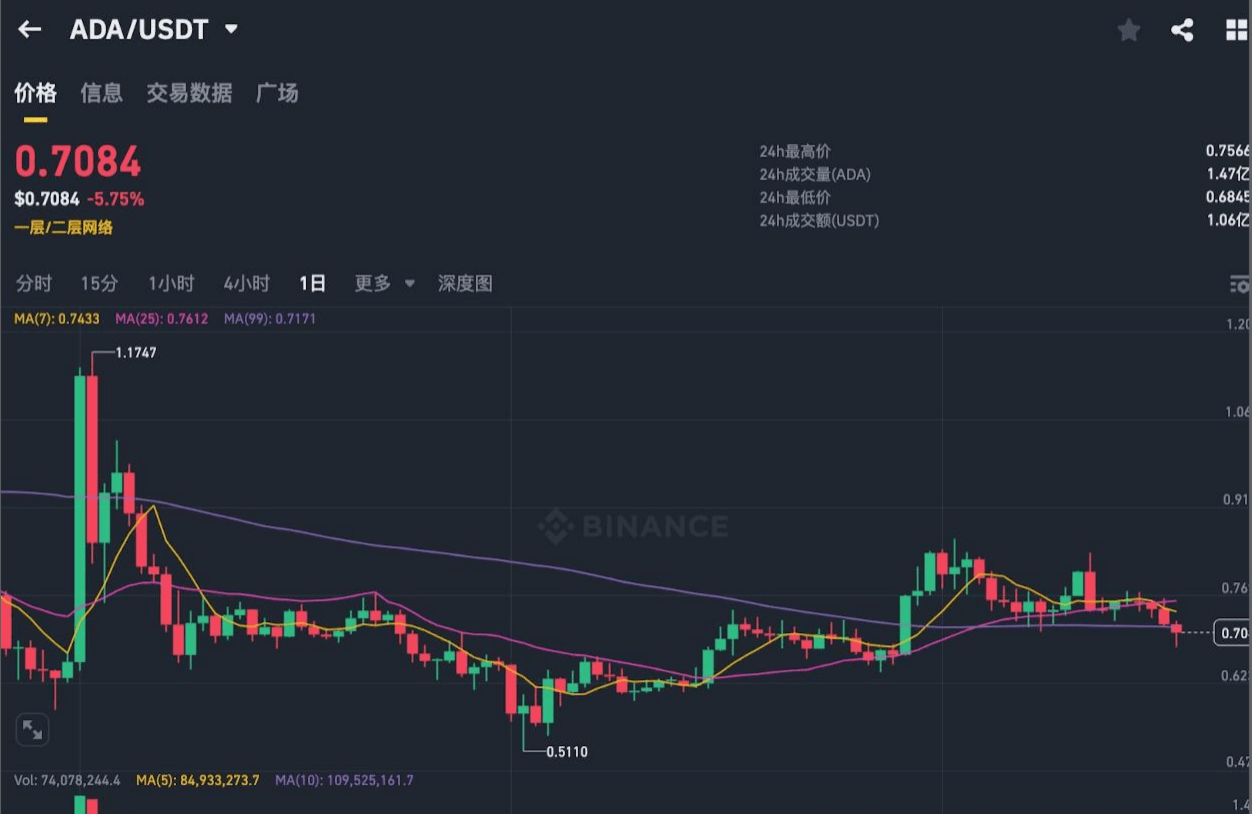
Dogecoin (DOGE): New Paradigm in Meme Economy
After Trump appointed Musk to lead the government efficiency department, DOGE became a hot topic in policy discussions. Its community-driven governance model and viral spread on platforms like TikTok have pushed its daily active addresses to over 1 million. Currently, DOGE's market cap is only 2% of Bitcoin's, with huge potential for catch-up as payment scenarios expand.

Stellar (XLM): Practitioner of Inclusive Finance
Stellar partners with MoneyGram for global instant transfers of USDC, while the $400 million OnChain fund issued by Franklin Templeton has become an industry benchmark. Its blockchain supports multi-currency issuance and has provided technical support for central bank digital currencies (CBDC) in over 20 countries. With an 80% reduction in cross-border remittance fees, XLM's trading volume has increased by 500% annually.

[Risk Warning] The cryptocurrency market is highly volatile, and the contents of this article are for reference only. Investment should be based on technical analysis (RSI, MACD) and on-chain data (MVRV ratio, net flow from exchanges) for comprehensive judgment. A dollar-cost averaging strategy and setting stop-losses are recommended.
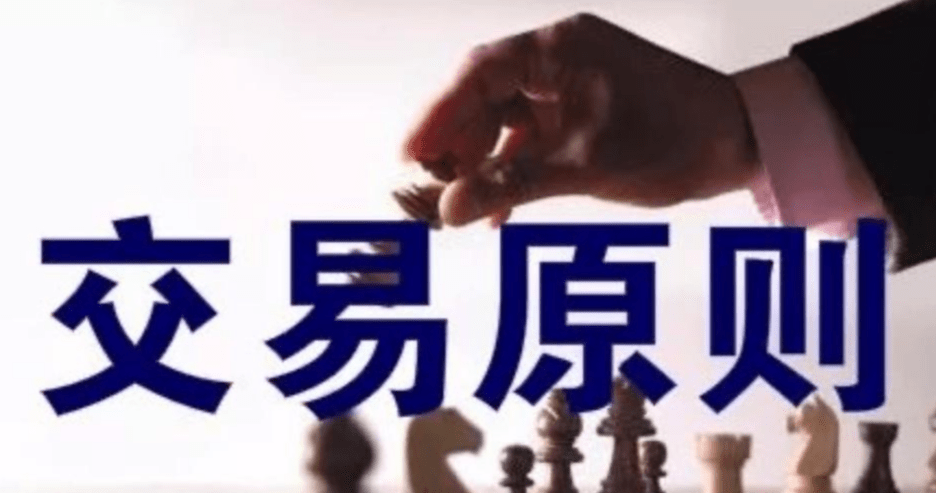
The survival path for crypto investors: In the loser’s game, surviving is the way to go.
There are two types of games:
Winner’s game: Victory is determined by exceptional skills that exceed expectations
Loser’s game: Victory is determined by making fewer mistakes than other players
In the early days, cryptocurrency was a winner’s game — participating and winning required above-average technical knowledge.
Nowadays, I believe cryptocurrency has largely evolved into a game for losers — merely surviving is enough to win.
(This is not a binary turning point, but a change that has occurred since 2020 as the participation of professional players gradually increased.)
But be aware: whether in cryptocurrency, traditional financial markets, or most things in life, there will always be winners and losers.
Take the meme coin frenzy (a manifestation of speculation in this cycle) as an example. To win, you might need some technical knowledge, understand smart contracts, monitor liquidity pools, and perhaps have a few lovely fans on Twitter so you have liquidity to sell.
Winning is winning, whether you cross legal or moral boundaries or not. I won’t say it’s right, but I do acknowledge it’s a way (recognition does not equal endorsement).
If your sense of justice starts to burn, then let me warmly welcome you to the crypto world. If you can make money in a permissionless way, you can damn well lose money in the same way; the Lazarus Group (North Korean hackers) greets you. From the perspective of a loser’s game, you 'win' because you don’t participate at all since you know you don’t have a significant and lasting advantage to truly win.
Meme coins are zero-sum (or even negative-sum) games, but that doesn’t mean no one can make money. There are certainly people making money; the question is, are you the one making money? There’s an old saying: If you can’t find the sucker at the poker table, then the sucker is probably you, which seems quite fitting here.
Another case, the winner in the winner’s game:
As a degen, I personally participated in the crazy front lines of 'Food Farming' (note: referring to the DeFi summer period), where I was digging up those worthless tokens.
My advantage at the time was the clear understanding that these tokens were worthless, hence understanding that holding these tokens long-term or participating in enticing high APR Pool 2 was suicidal.
So, as a cautious person, I extracted a large number of soon-to-be worthless tokens from one pool (Pool 1), repeatedly withdrawing funds from liquidity pools until they went to zero.
The winners in the loser’s game are those who didn’t participate in DeFi farms at all and ultimately survived the bull market in 2021, while the competitors have eliminated themselves.
The key lies in the advantages
What I want to say is that in any game, you need an advantage to win.
I know this sounds very unfair to ordinary speculators who cannot casually dump tokens, but life is inherently unfair.
The correct response is not to complain about the unfairness to ordinary speculators, but to reflect on what should be done in real situations. Should you double down, dig deeper and do your 'due diligence' so your trench tactics can give you an advantage? I’m not so sure about that.
Someone will immediately rebut my cautious anti-trench mindset, claiming that I am wealthy, so I can look down from above and no longer need to fight in the trenches for 100x returns.
However, let me remind you clearly that there is on-chain evidence that I only have 1 Ethereum, so if anyone needs to fight in the trenches, it should be me, brothers and sisters in the coin circle.
To some extent, we are all playing a game of dumping on each other — everyone is just operating on different time cycles.
How to gain an advantage?
So, if you’re not actually a genius, how do you gain an advantage?
Step out of the game and look at the big picture.
You win by choosing to play only the games you have an advantage in and surviving.
Specifically:
Whether the market has peaked or this is just a bear market trap (by the way, this is the biggest trap I’ve ever seen) (but at the same time, they won’t trap me), surprisingly, this is not that important.
The most important thing is that you can survive, no matter what happens. I believe this just involves reserving enough funds so that you are never forced to sell early or forced to participate in a Hunger Games with negative expected value where you have no advantage.
A portfolio consisting only of cash and cryptocurrency, if sized appropriately, will allow you to stay 'stupid' longer than most without going bankrupt.
This is my lonely fortress.
(Well, at least that’s my version. The gambler’s version is actually more defensive because you live off the interest of your portfolio while my version artificially creates a payment that matches your spending by dividing the portfolio into upside risk and defensive funds, which can only last as long as your funds last.)
Instead of investing 100% in cryptocurrency, why not slightly reduce it, for example, 90% in cryptocurrency and 10% in cash? Or any number that suits you, to ensure survival while maintaining exposure to the market.
If the market has already peaked — and you are sitting on a lot of cash + other crypto assets — what if the market stagnates for the next 4 years?
Carefree. You will be fine. And most others — probably won’t.
If this is the biggest bear market trap I’ve ever seen (by the way, it won’t trap me), and you are sitting on a lot of cash + other crypto assets, what would happen? What you end up with is not super amazing gains, but amazing gains.
Play the world’s smallest violin for you only becoming a billionaire instead of a ten billionaire.
In summary, my point is that the real, tangible advantage you can create for yourself to win is simply not dying.
Survive, and you will slowly notice that the people around you often blow their own heads off (was that too soon?).
Those suited individuals with public identities won’t talk about this because they can’t. They don’t have this advantage. They need to write reports, tweet as thought leaders, perform below benchmarks, and please investors.
Only individuals like you and me can truly adopt this strategy and leverage this advantage. Sitting in your lonely fortress and telling everyone else to 'screw off' doesn’t have to be a last resort — it’s a lifestyle choice that can be embraced and enjoyed.
Simple Winning Path
You don’t need to do anything fancy or special to win.
You don’t need leverage, options, perpetual contracts, futures, etc. In fact, you hardly need to understand or do anything. Abandon all of that. Enjoy the eternal sunshine of a mindless head.
You just need to not do anything stupid while others are fighting each other, financially self-destructing. The weak are eliminated from the group. The strong survive, and we stay alive, waiting to die another day.
As long as you don’t die.
If you survive, you have no choice but to succeed.
BTC ETH USDC


